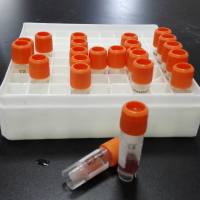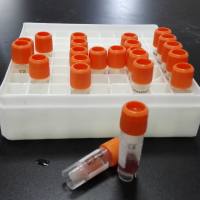Proteomics Analysis of Human Nonalcoholic Fatty Liver
互联网
446
Nonalcoholic fatty liver disease (NAFLD) is being increasingly recognized as a major cause of liver-related morbidity and mortality. Given the increasing prevalence of obesity in western countries, NAFLD has become an important public health problem. The principal aim of this study was to find differences in protein expression between patients with NAFLD and healthy controls. Changes in protein expression of liver samples from controls, nonalcoholic steatosis, and nonalcoholic steatohepatitis (NASH) subjects were analyzed by two-dimensional differential in-gel electrophoresis (DIGE). With this proteomic technique, hundreds of proteins can be analyzed simultaneously and their relative abundance can be calculated. Proteins showing significant changes (ratio ≥ 1.5, p < 0.05) were identified by MALDI TOF/TOF mass spectrometry. Western blot of tissue homogenates was then used as a complementary method to validate protein expression changes observed by DIGE. With the aim to have a noninvasive approach to detect changes produced in NAFLD-affected liver, validated proteins were further tested in serum samples of different cohorts of patients. Following this approach, we identified two candidate markers CPS1 and GRP78 that were differentially expressed between control, steatosis, and NASH. This proteomics approach demonstrates that DIGE combined with MALDI TOF/TOF and Western blot analysis of tissue and serum samples is a useful approach to identify candidate markers associated with NAFLD.









